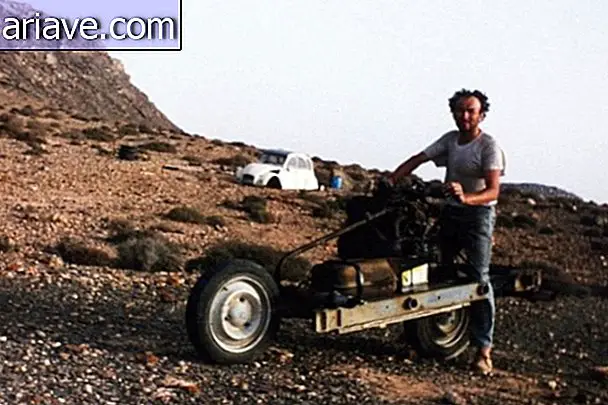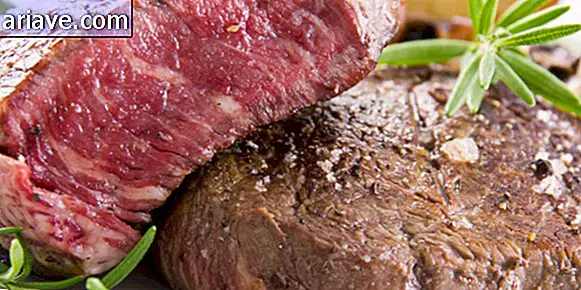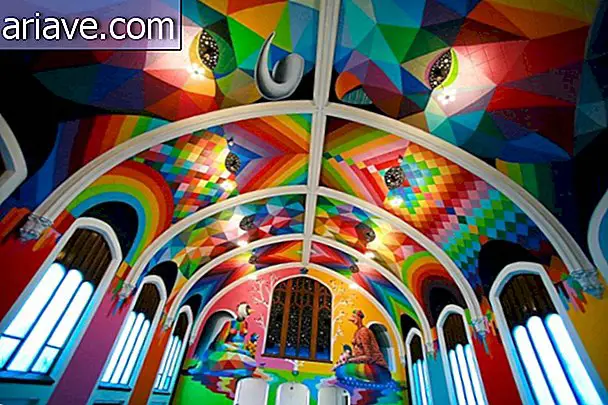5 things about volcanoes that you think are true - but they are not!
Admit it: At some point in your childhood you watched the double "Volcano" + "Dante's Inferno" and then grew up thinking you knew all about these mysterious lava-spewing mounds. Mental confusion about volcanoes is quite acceptable, especially since we don't have any of these here in Brazil.

Incidentally, films and news with little scientific basis are major propagators of myths about how they work and what are the real dangers posed by volcanic eruptions. See the top 5, according to some insights provided by Geoscience Professor Erik Klemetti of Denison University.
1. There is no volcanic smoke

Many people believe that in addition to lava, volcanoes spew smoke meters and meters above its top. And this is not an unjustified myth; after all, it looks VERY smoky!
What volcanoes spread through the air when they erupt can actually be much more harmful. It is a type of gaseous material that results from lava burning the rock, which causes it to be "broken" into micropedacines, particles of about 2 millimeters that are a kind of ash.

The big problem is that this volcanic ash works almost like cement or glass microparticles. If you breathe it in, these particles can damage your lungs, create wounds or stick together like cement!
If the damage can be considerable on the lungs, be aware that on an airplane's turbines it can be even worse - there is a chance of locking it down and knocking it down. What's more, the volcanic ash clouds can go much higher than you might think, reaching 10, 000 meters in height.
2. There is a place called Ring of Fire.

One of the best known myths about volcanoes is the existence of the famous Ring of Fire - the Ring of Fire - a region of great tectonic movement around the Pacific Ocean.
In fact, many volcanoes are located in the Pacific coast regions. But, according to the geologist, the Ring of Fire is pure speculation. To believe, for example, that an earthquake in Japan and a volcanic eruption in Chile are related is what the Brazilian would call "forcing friendship".
3. Volcanoes are more active now than before.

Definitely not. What happens now is that they are more news, and the globalization of information lets us know almost instantly when one of them erupts on the other side of the world. As we talk more about it, we get that impression, but that's not true.
4. They contribute to climate change

What if we said that the only possible influence of volcanoes on climate change would be to contribute to the cooling of the planet, not warming?
That's because when they erupt, they emit sulfur dioxide. In a very strong explosion, particles of this element can migrate to the stratosphere and block the arrival of the sun's energy on the surface.
The confusion comes because, by emitting carbon dioxide, an essential gas for global warming, volcanoes would also contribute, but this mistake is derived directly from the earlier myth that volcanoes are most active.

Being as active as before, they continue to emit as much carbon dioxide as at any other time in history. If it's too much gas? Undoubtedly - in an eruption, it can add more carbon dioxide than humans can in 250 years of activity. But that amount is already within Earth's equilibrium.
5. There is regularity between eruptions

No, there is no such thing as "this volcano has not been awake in a long time, so it must happen at any moment." There is no pattern between eruptions, and geologists even say that there is no way to predict or estimate this interval.
What there is - that is - is how to identify when an active volcano is beginning to move towards an eruption. To do this, countries usually have systems in place to warn the region's population and ensure that at least no one gets hurt.











